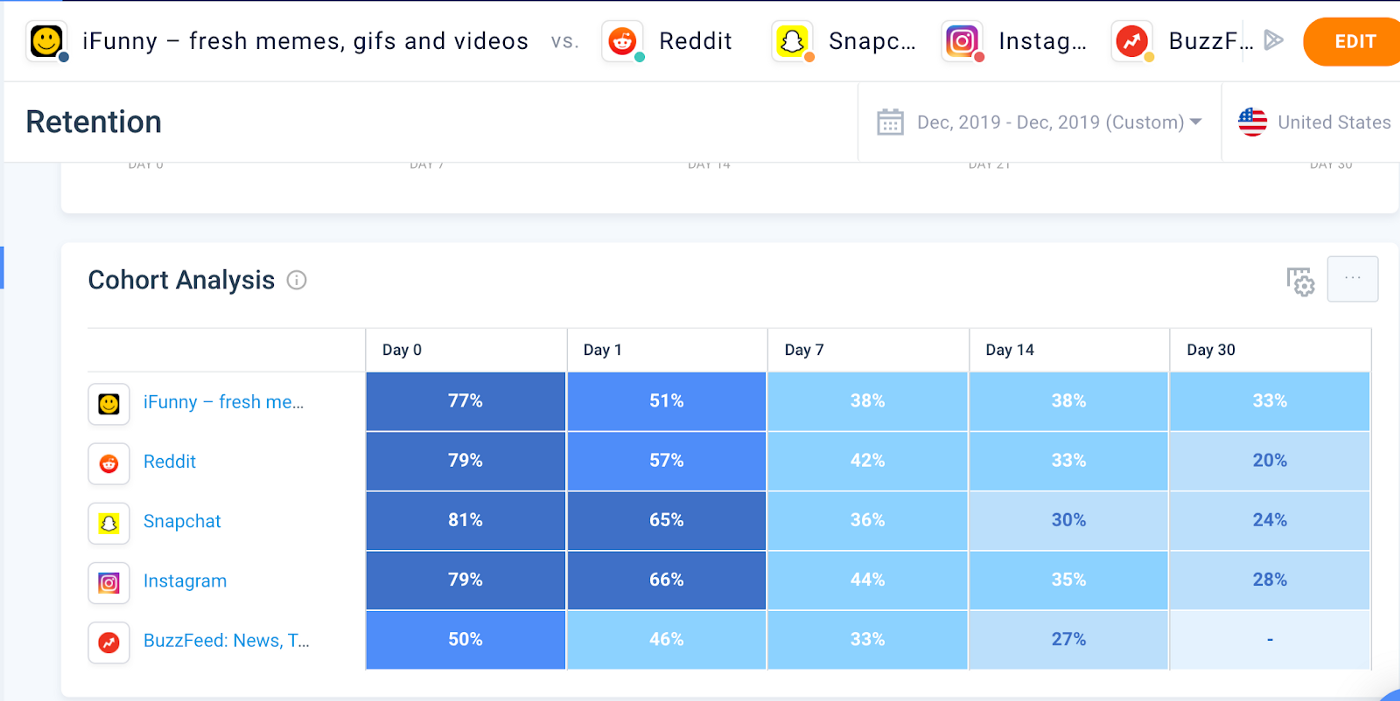The Future of the Digital Media Landscape
2020 was supposed to be an exceptional year for digital media. In the mass media, there appears to be more news about various companies downsizing. Although the situation is very unpleasant, it’s very predictable while only needing a small event trigger it. In recent years, there came considerably more venture money than projects, and many companies have used it without investing the money they received into the company’s fundamental values. Part of this can be attributed to not having a reliable business model and, in return, only providing enough to survive merely.

At first glance, the business model is very straightforward; users watch content and ads on your platform. In return, you get money for it. There are several key components:
- Platform
- Content
- Views per user
- User retention rate (RR)
- User lifetime
All these components are very interrelated with each other, but everything comes down to the first two. Let’s start with the platform, over the last five to six years content consumption has switched from traditional media to social media, and its root cause was the convenience of the platform. It would be folly to deny that the most technologically advanced products have large social media such as Facebook, Twitter, Google, and Snapchat, they set the standard in terms of content delivery speed, content ranking systems, and UI/UX. These companies carry out thousands of AB tests annually to create the most user-friendly product for their audience.
Doing so creates a solid understanding among users that this is how all other mobile products should look for work, and more reduced quality will dramatically affect all your product metrics.
When it comes to content, in today’s world UGC has much more weight for most people than the work of traditional journalists. This is the reason it is imperative to fight against fake news as it has intensified in the world. Even by the COVID-19 pandemic, one can see how many inaccurate stories create panic and many problems to fight it. The reason for that is simple, the most significant value for content creators in the UGC system is the reaction to it, and the more durable it is, the higher is the value for the creator. At the same time, sometimes, the result itself is not essential; the main thing is to get more of a public response. And here comes the product value of the platform, to attract as many authors of content as possible, to make sure that they get the maximum possible audience feedback on their content and that the audience gets the most relevant content.
As a result, an ecosystem consists of a platform, users who create content, users who give feedback on content, and users who only watch content.
If all ecosystem parts are satisfied, the product may stand still or grow organically.
The current economic crisis has shown that in the media business, besides product metrics, it is imperative to have robust financial health of the product and company. When creating a business model in terms of force majeure situations, it’s necessary to include the loss of half the income during maintaining or increasing the activity of the audience. The year 2020 has shown that even by far from that, a global pandemic can create a global economic collapse. Even with modern medicine, the market situation may occur again or continue to last for a long time.
All media companies should follow at least one of the conditions:
-
To have necessary reserves to maintain the company’s business for at least 1 year without income. These companies are well known to everyone, such as Facebook, Google, Valve, FunCorp, etc. Profitable high-margin companies with big products.
-
To have a high margin, so that in the case of half the income loss, it would be safe to continue without changing your strategy. This is a bit more rare situation, but still possible.
-
Since the beginning to have a clear plan or several stages plans of cost reduction with minimal impact on key company functionality.
For the last five years, FunCorp has followed these steps to achieve this balance. We were our initial investors of the company, and later, due in part to a smart financial model, we were able to do without external investors. In 2014–2015, it became clear that the primary investment was in the technical expertise of the team. Currently, we have increased the number of employees by three times, but as before, 90% of employees are part of the product development process.
For years we were only developing key product metrics (RR of new users and lifetime of current ones), and by the end of 2019, we had RR at the top level for iFunny amongst most global companies. Along with this, the screenshot analyzes other social media platforms decreased performances levels:
 (credit: SimilarWeb)
(credit: SimilarWeb)
We’ve worked very hard not only on the product but also on its wise monetization. For example, our ARPU has grown at least two times since 2016, without impacting product metrics. With that in mind, we built the business model so that even a sudden 50–60% income loss would not force us to change our strategy, and we could develop the product as before. In 2020, this decrease in advertising revenue went from 30 to 50%. Those that have worked on a series of investment rounds didn’t think about how “force majeure” would impact their business. Even though this is the third crisis in 20 years, currently, this pandemic has allowed increasing audiences. Still, again only those who have the necessary underlying strength, a strong team, a durable product, and the right business model can do it.


 Medium.com
Medium.com



